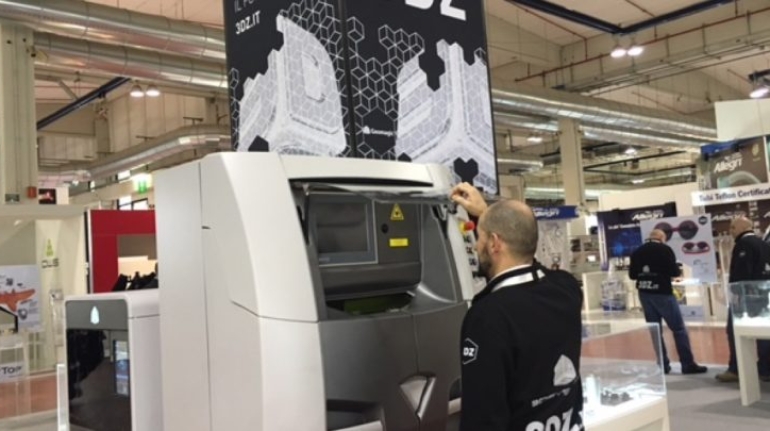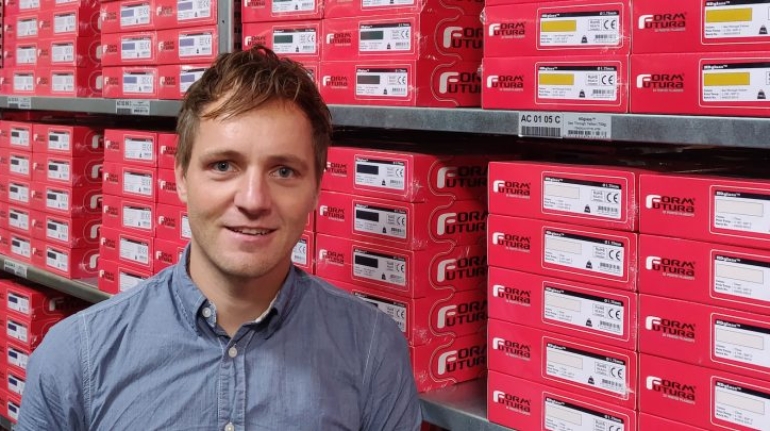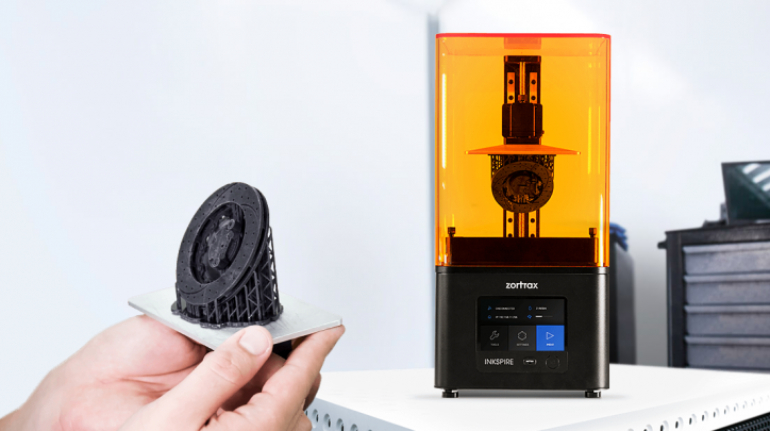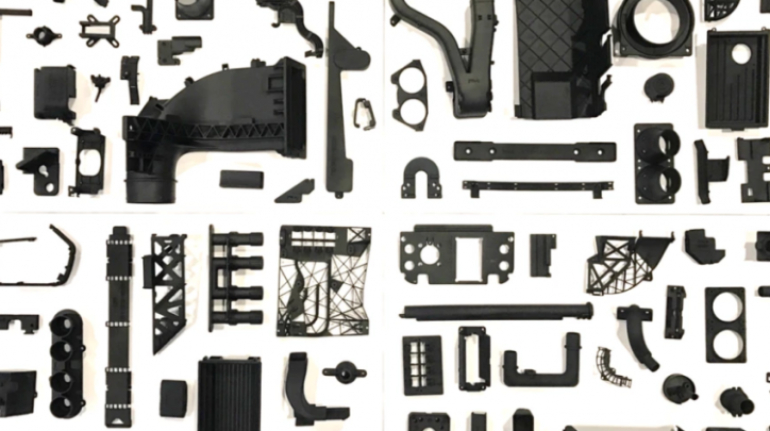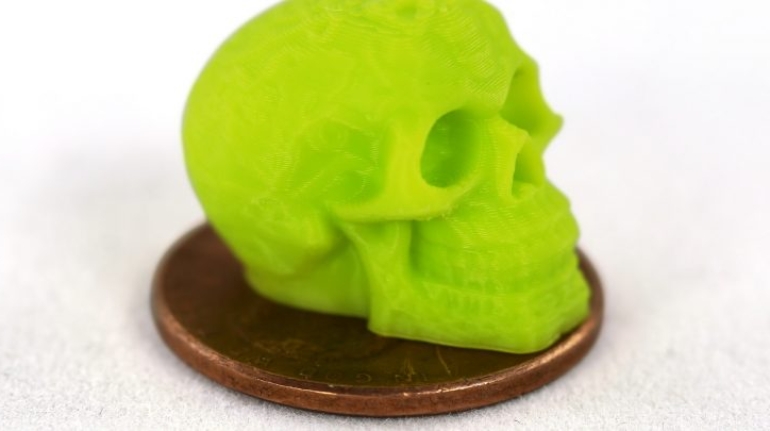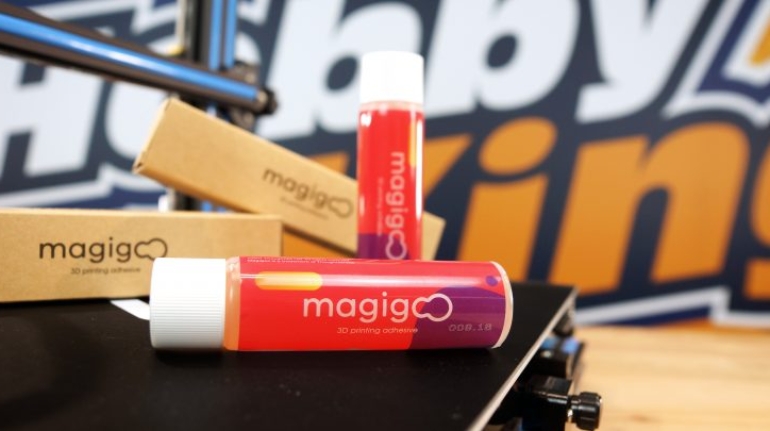3DZ named ‘Master Reseller’ for 3D Systems Italian sales operations AM Industry
Leading AM hardware OEM 3D Systems has officialized a 3DZ Master Reseller Agreement. This agreement means that its international distributor 3DZ has achieved a status where it has become 3D Systems official partner in Italy. This status is based on 3DZ’s experience, expertise, capabilities, and resources in representing 3D Systems across its metal and plastics printers for additive manufacturing including the associated supply of official materials.

